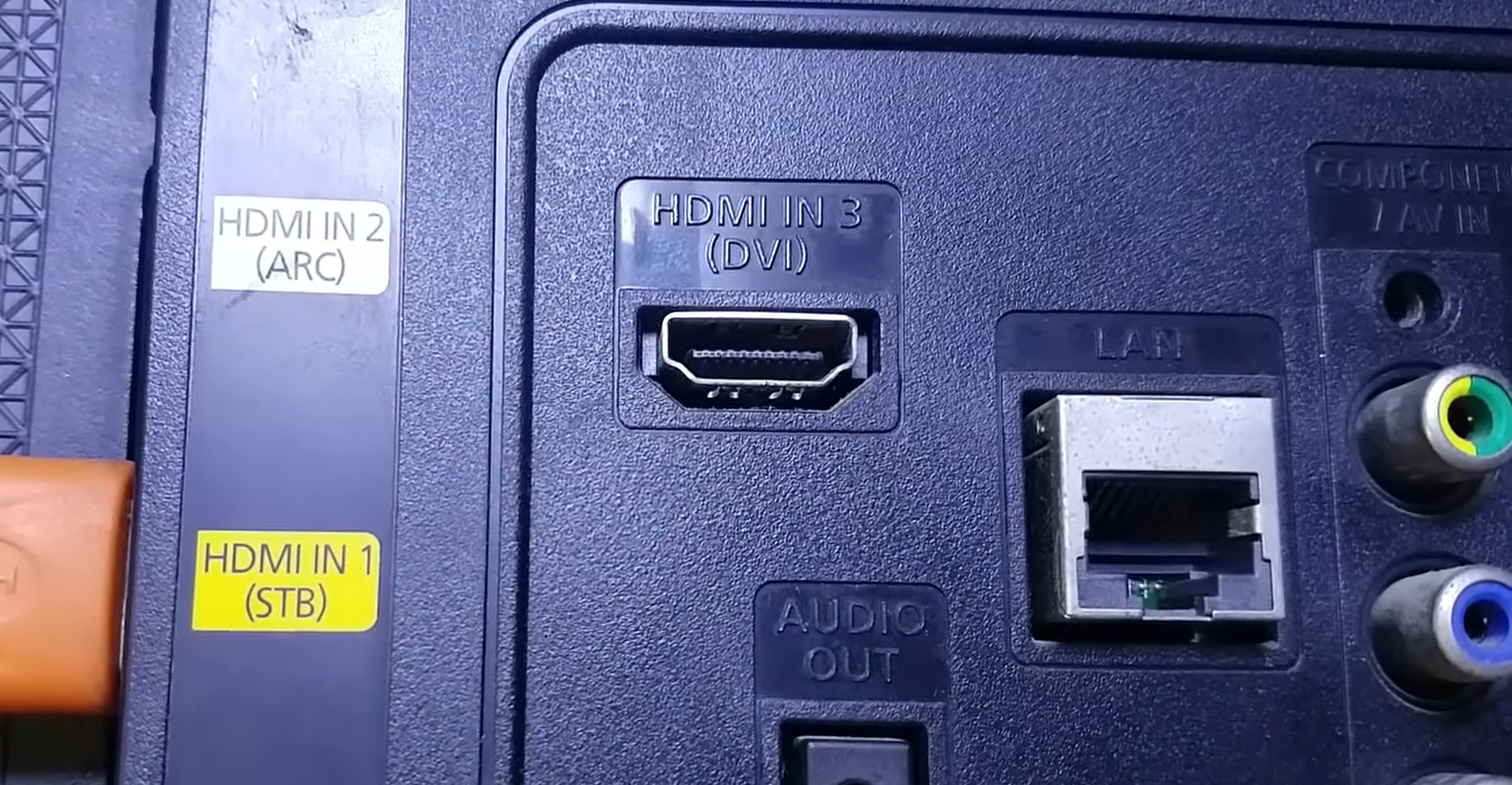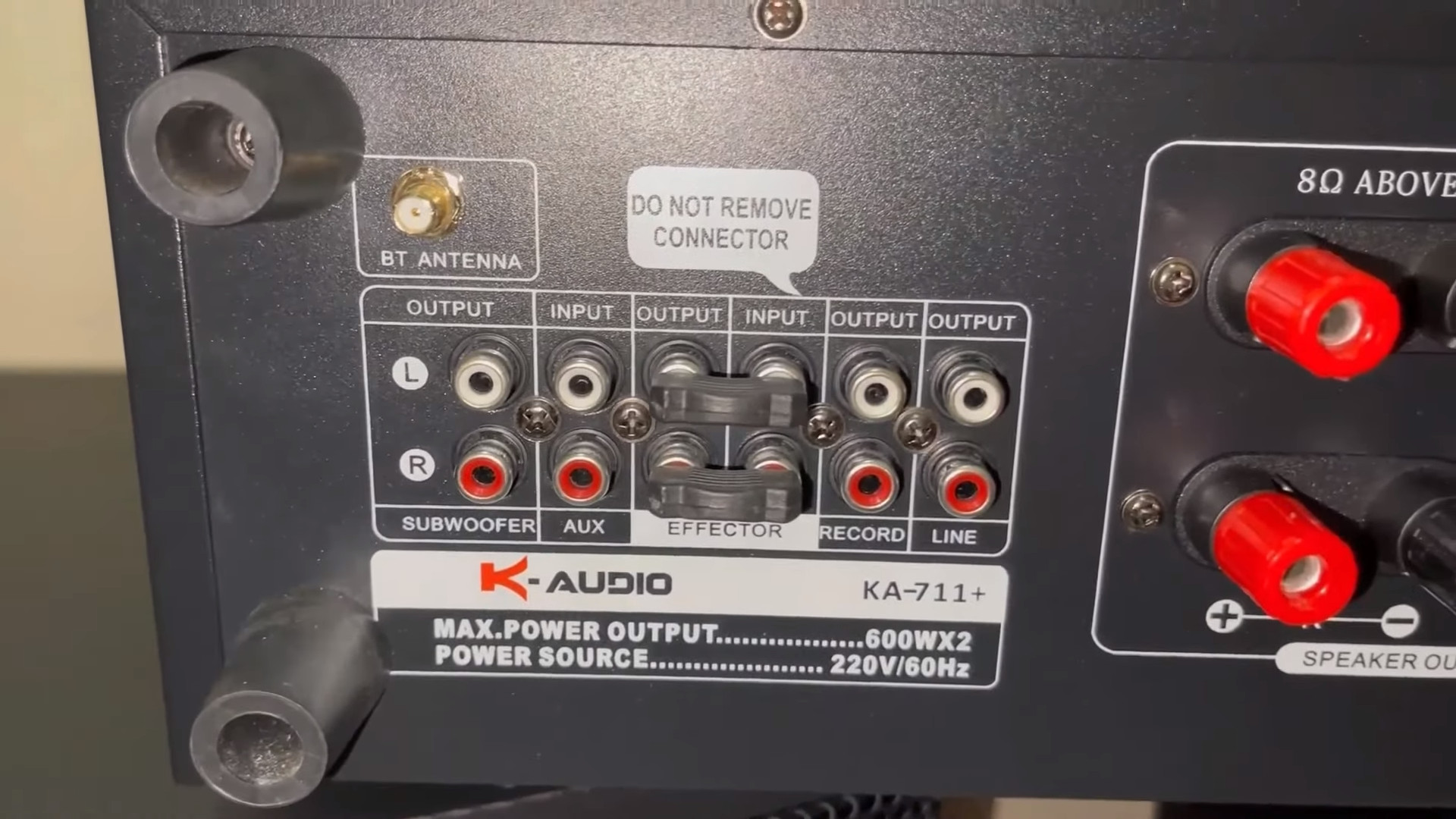
How to tune a subwoofer box to 30hz? Get Your Job Done With 4 Steps
Owning a subwoofer allows you to get great bass in your room. But if you don’t gain the proper bass from this speaker, your music will have a very flat sound.
So if you are unhappy with your subwoofer’s bass output, this article is for you.
Today, we will take you through how to tune a subwoofer box to 30hz and some related stuff related to this topic. So let’s read on!
Table of Contents
How to Tune a Subwoofer Box?

Everyone wants to enjoy their favorite music via a good-quality sound system, right? So if you are a bass lover, our guide will let you enjoy your favorite music via one excellent sound system which will fit your needs.
Step 1: Prepare the Necessary Tools
If you want to tune your sub box properly, you’ll need to collect these items:
- Functional generator
- Speaker cables
- High-end ammeter, multimeter
- A wide range of tools, such as screwdrivers and wire strippers.
Step 2: Decouple Your Subwoofer
This step should minimize any rattling noise or other disturbance to your tuning process. It refers to separating your subwoofer from the floor. Then place one isolation pad underneath your sub.
Decoupling pads feature many air pockets and will be soft enough to absorb vibrations, do not let them travel down your floor.
It should enhance the lower-frequency response of your subwoofer. You can also expect it to facilitate sub-tuning to fit your liking.
Related: How To Measure A Subwoofer?
Step 3: Decide Resonant Frequency
Now you need to connect the positive cable of your ammeter to a current socket. After that, switch on it to measure the current.
We recommend taking precautions to prevent any hazards from high volts.
Then, connect your ammeter to your high-end amp in series before connecting the amp’s inputs to your signal generator.
Tweak the signal’s frequency and see how your ammeter changes.
You should ensure your box displays the highest current level when you reach a resonance frequency. The resonant frequency of your subwoofer significantly drops the impedance.
Step 4: Tweak Resonant Frequency
If you are not satisfied with the frequency that you’ve determined, modifying the design of your box is essential.
You can do it by decreasing or increasing your port’s length. You should do this based on the following formula:
LV = [(1.463 x 10^7 x R^2)/(Fb^2 x Vb)] – 1.463 x R
- Fb: The expected tuning frequency you want to get from your enclosure (Hertz or Hz)
- R: The vent tube’s inside radius.
- Lv: The port’s length (Inches).
- Vb: An enclosure’s internal volume (Cubic inches)
If you want to turn cubic feet into inches, multiply the result you get by 1728.
Since you need to tune your sub box to 30hz, you will need to replace Fb in the above formula with 30hz to find the corresponding port’s length.
After adjusting the length of the port, you will need to check out the resonant frequency to ensure that you have correctly tuned your sub box.
While this shouldn’t be too difficult to do with an amateur, we recommend consulting an experienced professional in the industry for proper guidance.
Related: How to connect a subwoofer to a receiver without subwoofer output?
How Can I Calculate Hertz For My Sub Enclosure
The tuning frequency of your subwoofer box is the coordination of air compliance, box volume, and speaker resonance frequency.
If you want to calculate your box’s tuning frequency, use the following formula:
Fb = (A / V)^0,31 x Fs
Fs: Speaker resonance frequency
A: The air complaint
V: Enclosure or box volume
For example:
Your sub box of volume 400 m3 needs the minimum air of 100 m3, while the resonance frequency of the speaker is 40 hertz.
Fb = (100 / 400)0.31 x 40 = 26.028.
Why Should You Tune Your Sub Box?

When talking about tuning a subwoofer system, each has different preferences. Adjusting a subwoofer box allows you to maximize the sound system’s potential.
It may take a lot of effort and time to gain the sound type you expect from the subwoofer. It’s worth it, though, as you will significantly benefit from your subwoofer system, which is well-tuned.
Professional equipment reproduces frequencies from 20 to 80 Hz, while a car sub can offer sound frequencies ranging between 20 Hz and 200 Hz.
We recommend setting up the low-pass filter on an amplifier, which allows you to lower the frequency above 100 Hertz before sending them to a midrange driver through the crossover network.
Many subs allow you to get bass frequencies that are down than about 20 Hz. Unfortunately, you won’t get a great experience with these subs as they’re lower than an audible range.
Things You Need to Consider Before Turning Your Sub Box

Here are factors that you need to consider carefully before tuning your sub box.
Location
Taking care of your sub box’s location before adjusting to get your desired frequency level is essential. It should be one of the most critical factors regarding audio quality.
Size of Your Car or Room
You should consider the space where you will install it if you have a sealed subwoofer, as it is necessary to ensure sound and acoustic quality.
Crossover Frequency
It is a frequency at which your sub will begin to offer bass notes. You should place it where the speakers begin to roll. You can find this information on your subwoofer. The fact is that modern subs will come with this feature.
Your Position
Some positions in your room or car can be too loud that others may not hear in low frequencies. So you need to put your sub box properly before turning it.
FAQs
What Is the Subwoofer?
A subwoofer or “sub” is a loudspeaker or a woofer.
Generally, its purpose is the reproduction of low-pitched audio frequencies. It is also referred to as bass in the common language.
How Many Types of Subwoofers Are There?
Subwoofers come in two types, including the active subwoofer and the passive subwoofer.
Active subwoofers boast a built-in amplifier, while their passive counterpart needs an external amplifier, including the enclosure and subwoofer driver.
What Is the Main Difference Between Speakers and Subwoofers?
The main difference between speakers and subwoofers pertains to their frequency range.
While a subwoofer is used for the audio spectrum’s lowest part and is perfect for bass sounds, a speaker delivers high frequencies, like mid-and treble range.
Where Can I Place a Subwoofer?
You can put your sub anywhere, but all rooms are constructed differently.
So, your results may vary. It’s best to experiment until you find the ideal location for your subwoofer.
The Bottom Line
Hopefully, you got the answer to “How to tune a subwoofer box to 30hz?” The process is uncomplicated and feasible for amateurs.
If these steps are tedious, or you don’t have enough assistants, it is wise to get help from an expert. Thank you for reading!





